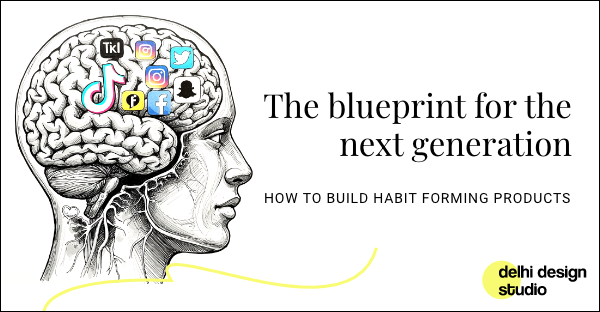
The psychology behind habit-forming products is based on behavioral triggers, rewards, and user investment, leveraging principles from behavioral psychology and neuroscience.
Here’s a quick breakdown of the Hook Model:
• Trigger – What prompts users to take action? (Notifications, emotions, etc.)
• Action – The simplest step a user takes in anticipation of a reward.
• Variable Reward – The unpredictable incentives that keep users coming back.
• Investment – Users invest time or effort, increasing their commitment.
This cycle makes products stickier over time. Companies like Facebook, Instagram, and TikTok have mastered these principles to drive engagement. But Eyal also stresses ethical responsibility—build products that add value, not addiction.
Key Insights:
• People crave autonomy and control—your product should empower, not manipulate.
• Frictionless experiences lead to repeated use; minimize barriers to entry.
• Personalization increases habit formation—users return to what feels tailored to them.
• Products that fulfill emotional needs (boredom, loneliness, uncertainty) retain users better.
🚀 If you're in product design, marketing, or entrepreneurship, this book is a game-changer. Understanding these principles can set your product apart in a crowded market.
Huge thanks to Nir Eyal for this!